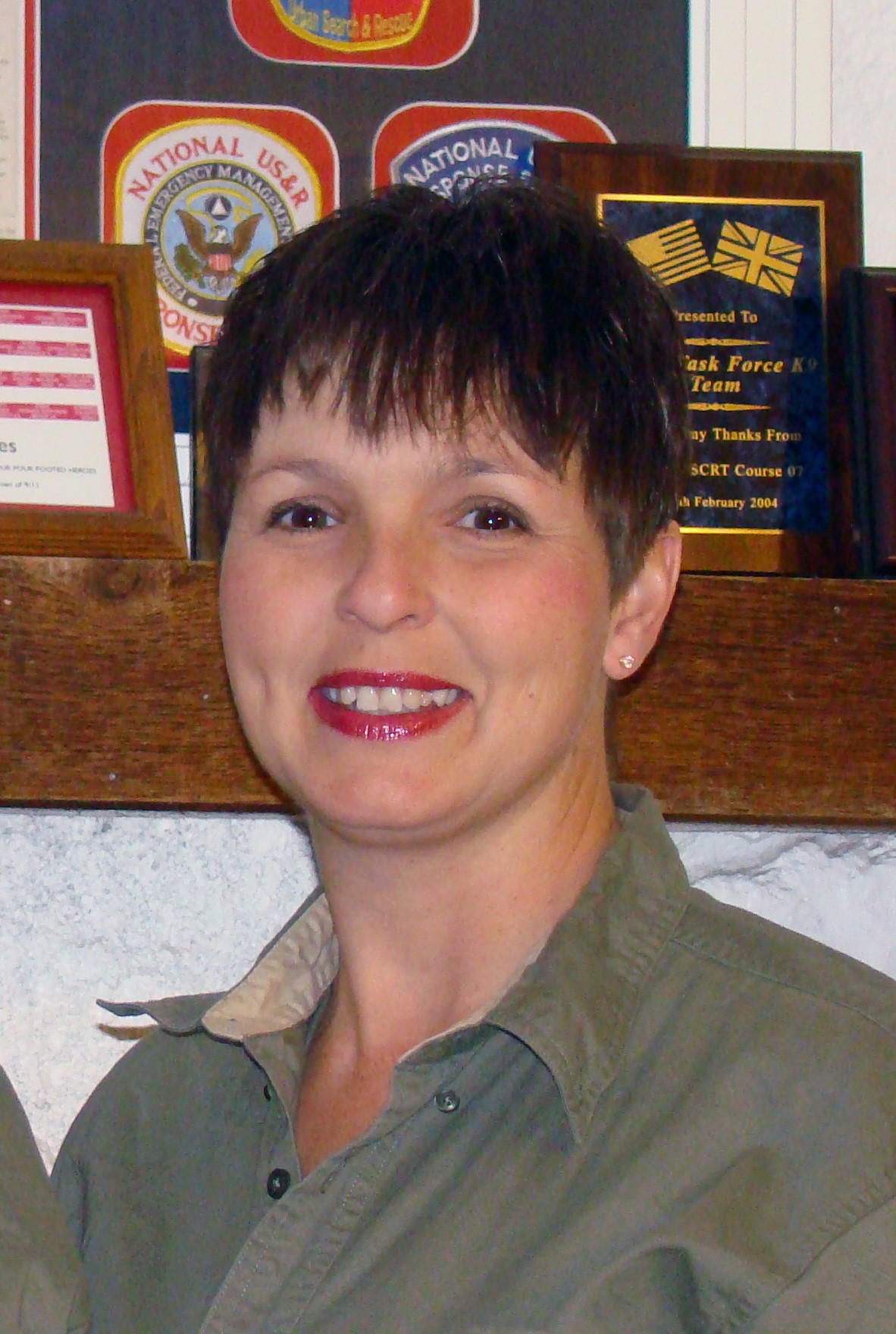Course Details
Does your dog struggle in new settings or situations? Do they get worried and shut down, or become hypervigilant and reactive? Whether you are going into competition, to the vet, to a training class, to a public place or even a change in their own home environment, there are games to help your dog that all start out with simple classical conditioning.
Using visual and verbal cues that carry a positive Conditioned Emotional Response, we can help your dog by utilizing predictability and movement within these games. Considering active acclimation as another way to help our dogs, we can apply the use of verbal marker cues in a strategic pattern, the use of the Dopamine box, a ‘magic’ mat, or even the two-bowl game which all start with simple classical conditioning. We will then expand them to a higher level operant skill. Using a combination of patterns with more movement, some that are more calming, and one that is somewhere in between, we can influence your dogs behavior by tapping into the neurostrasmitter of Dopamine by creating anticipation of reinforcement simply be the initiation of the patterns/games. The patterns will help to utilize behavioral momentum to allow for persistence of behavior when there are changes in the environment or context.
Within this class, we will introduce multiple games that utilize visual cues and one that uses verbal cues to create a way to not only gauge your dogs emotional state, but to change it! Fluctuating between more calming games or more arousing games we can help modulate your dog’s emotional valence within a specific situation.
Teaching Approach:
A new lecture will be released approximately every other day. Most lectures build on the work from the previous lecture, although in the beginning there wil be some information gathering to allow me to make recommendations specific to your situation and problem. This is a new class and the syllabus is subject to be modified if I see it would benefit the class. There are five 'skills/patterns' that will be presented in the class and not everyone will teach all to fluency. I will help determine which patterns work best for you and your dog as we proceed through class. We will then use these patterns to help with your problem area.
 Instructor: Karen Deeds, CDBC
Instructor: Karen Deeds, CDBC Karen Deeds, is a Certified Dog Behavior Consultant through the International Association of Animal Behavior Consultants (IAABC). She is the co-owner of Canine Connection in Ft. Worth, TX with her husband, Bob Deeds, a retired Federal K9 Handler on Texas Task Force I....(Click here for full bio and to view Karen's upcoming courses)


